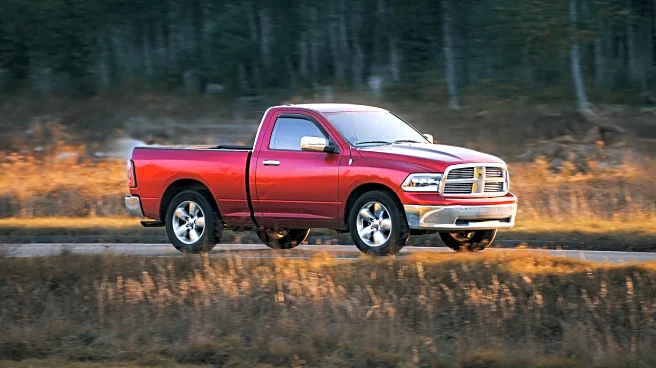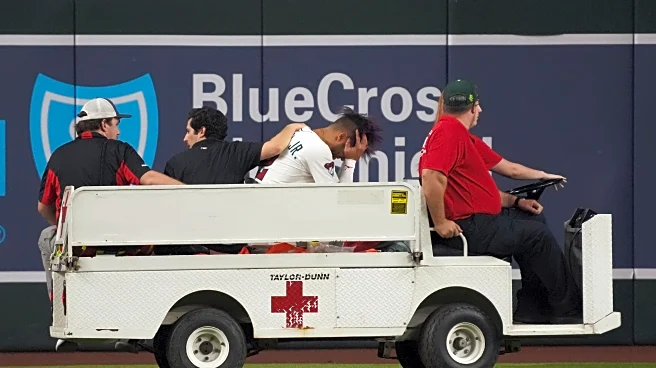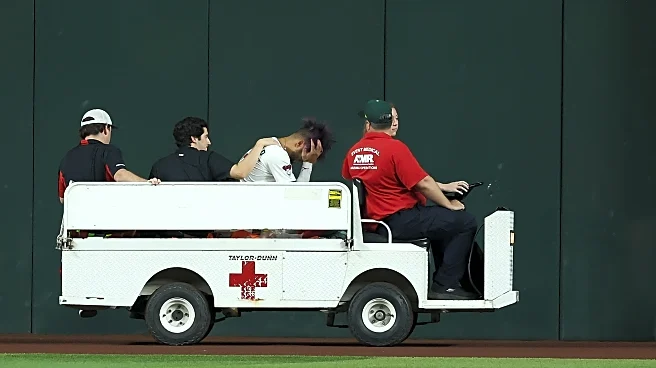
Sure, that reliable pickup truck without a bed looks radical — like a stripped-down chassis cab owned by Skeletor. But is it legal? The law doesn't outright ban bed-less trucks, as long as they still meet basic safety standards: for starters, functioning taillights, turn signals, license plates, and splash guards to stop tire spray. In Texas, for instance, it's not explicitly illegal to drive a truck without a bed, but you'll get dinged if certain parts are exposed, if there's no license plate attached,
or if your taillights are MIA.
Arizona dives deeper. The state's law says you can run a bed-less truck, provided it's not in an unsafe condition. That means no exposed mechanicals, loose wiring, or missing guards. Having a splash guard in the truck is an additional state requirement, with or without the bed. Things shift on the federal level: If you modify a new truck by removing the bed, it might count as a full-body alteration requiring updated certification labels since you're no longer rolling with the original factory safety design.
So, while you won't find an officer flipping open a codebook and citing "no truck bed" laws, you will find yourself in hot water if your best-looking pickup truck no longer meets those baseline safety rules. Even if you see plenty of unfinished project trucks cruising around bed-less, most owners only risk it short-term.
Read more: These Mods May Look Good, But They'll Just Make Your Car Slower
What Can Stop A Bed-Less Truck From Being Legal?

Here's the deal: With just a few bolts missing, authorities may consider your bed-less ride unsafe — or less legally defensible in a crash. According to vehicle safety standards, your taillights, reflectors, signals, plate, and splash guards must stay in place. If the bed covered any of that, you need to replace these parts properly. If not, you may be putting yourself at risk.
Visitors on truck forums like The Ranger Station echo this: Get your lighting relocated onto temporary wood, and secure fenders or mudflaps to curb debris throw. Otherwise, you risk a ticket — or worse, authorities may label you as negligent in an accident claim.
It's not just about tickets, either. Imagine getting rear-ended with a bed-less truck and a jury finding out your taillights were duct-taped in place and wires were flying around. Even if the crash wasn't your fault, that detail could suddenly shift liability toward you. Insurers will also use that against you by arguing that your truck was in an unsafe condition. While the law may technically allow a bed-free setup, the gray area between "allowed" and "unsafe" is wide. The burden is on you to prove that your stripped-down truck is still roadworthy.
Is Driving Bed-Less Worth It?

If you've made it this far and are thinking, "Sounds like all I need are lights and flaps," you're technically not wrong. Plenty of people do exactly that — roll down the road bed-less for weeks while they wait on a flatbed or new setup. If you do this carefully, you'll likely avoid tickets, but it's also not as simple as "legal equals safe." Your truck's bed is designed to support the vehicle's durability and flexibility. Remove it, and you're exposing wiring, suspension, and fuel tank components that were never meant to take direct abuse from weather or debris. Over time, this can create mishaps.
That said, walk-in chassis cabs do exist because there's a legitimate need for them in construction, agriculture, fire and rescue, and so on. Legally speaking, chassis cab trucks and professional flatbed conversions are present because they undergo an engineering process and carry certification labels showing they still meet safety standards. Your backyard bed delete? Not so much.
For serious off-roaders, people building custom rigs, or folks towing an absurd $110,000 destination trailer, deleting the bed makes sense because they'll eventually replace it with something functional. For everyday use, however, a bed-less truck is more risk than reward. You're gambling on not getting pulled over, on your insurance not dropping you, and on nothing going wrong in a crash investigation. Driving a bed-less truck isn't "illegal" — but it is asking for trouble.
Want more like this? Join the Jalopnik newsletter to get the latest auto news sent straight to your inbox...
Read the original article on Jalopnik.




















